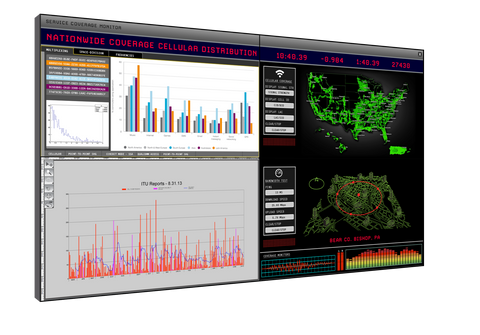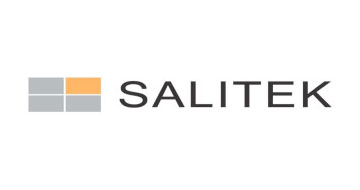The widescreen revolution began with flat screen plasma technology, using a wide format (16:9) that came even before the high-definition signals. Plasma kept evolving until it was replaced by LCD technology. Displays with this technology, as well as presenting a lower buzz and lower heat emissions, were increasing rapidly in size and resolution, establishing itself as the most viable option for flat displays. Later it changed its source of illumination and went from being a simple lamp (CCFL), to be a set of LEDs. Plasma technology has become obsolete in the consumer market, however it is still used on the professional market, as it achieves a slimmer frame technology (PDP-Plasma Display Panel).
It is commonly thought that LED screens were the step that followed the LCD, but the truth is that LCD screens now have LED lighting. When properly speaking of LED displays we are not referring to this type of display but to those with the LED exposed, easily distinguishable in exterior billboards.
The different Asian manufacturers of flat panel displays in any of the exposed variants have reduced costs and as a result, have strongly penetrated the consumer market. However, it is very important to differentiate a screen of traditional consumption to a screen of rough use. The first is designed to remain switched on for only a few hours a day, while those of rough use feature the electronics necessary to remain in continuous use without the need to be unlit. Its power source and electronics that generate heat can even be drawn from the display and sent to the rack, keeping the heat as far as possible from the screen’s liquid crystal. This method avoids image retention (image sticking), the natural effect of LCD displays, caused by the static deployment of images on one position.
It is essential to select the screen that best suits the needs of each application. Allow Grupo Covix to advise you on the display choice for your project, whether digital signage displays, Videowall displays, rough use displays, outdoor displays, etc.




